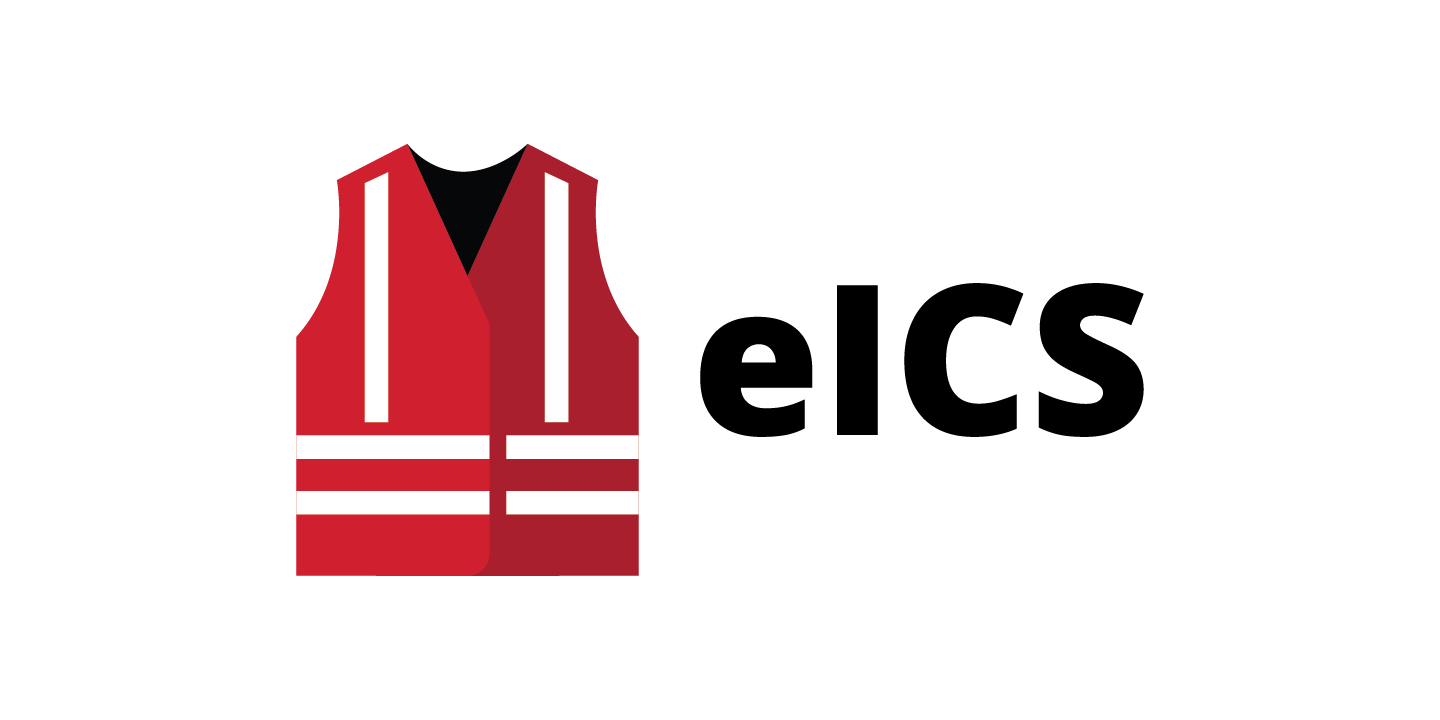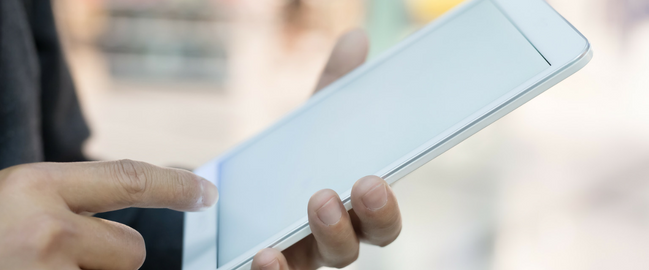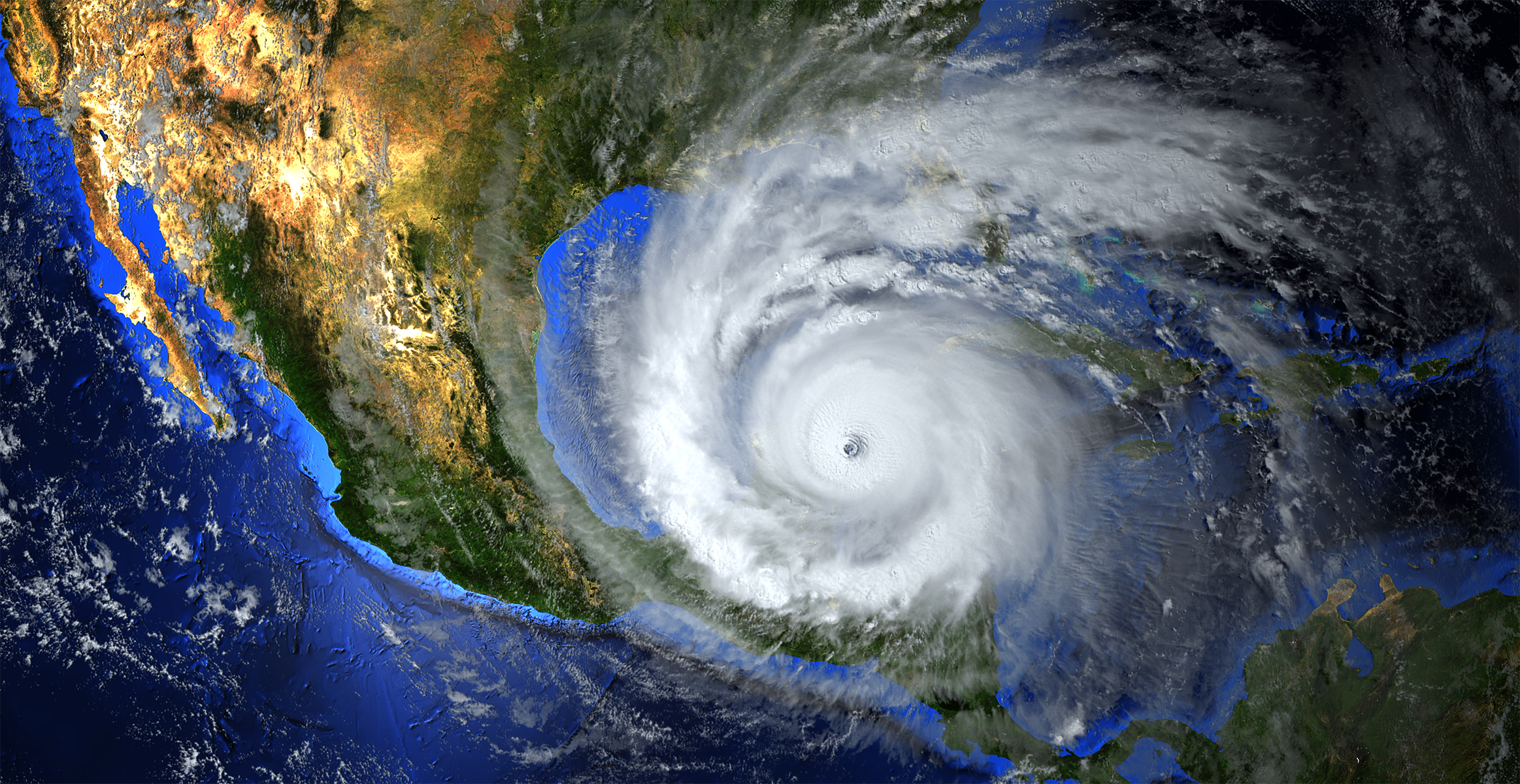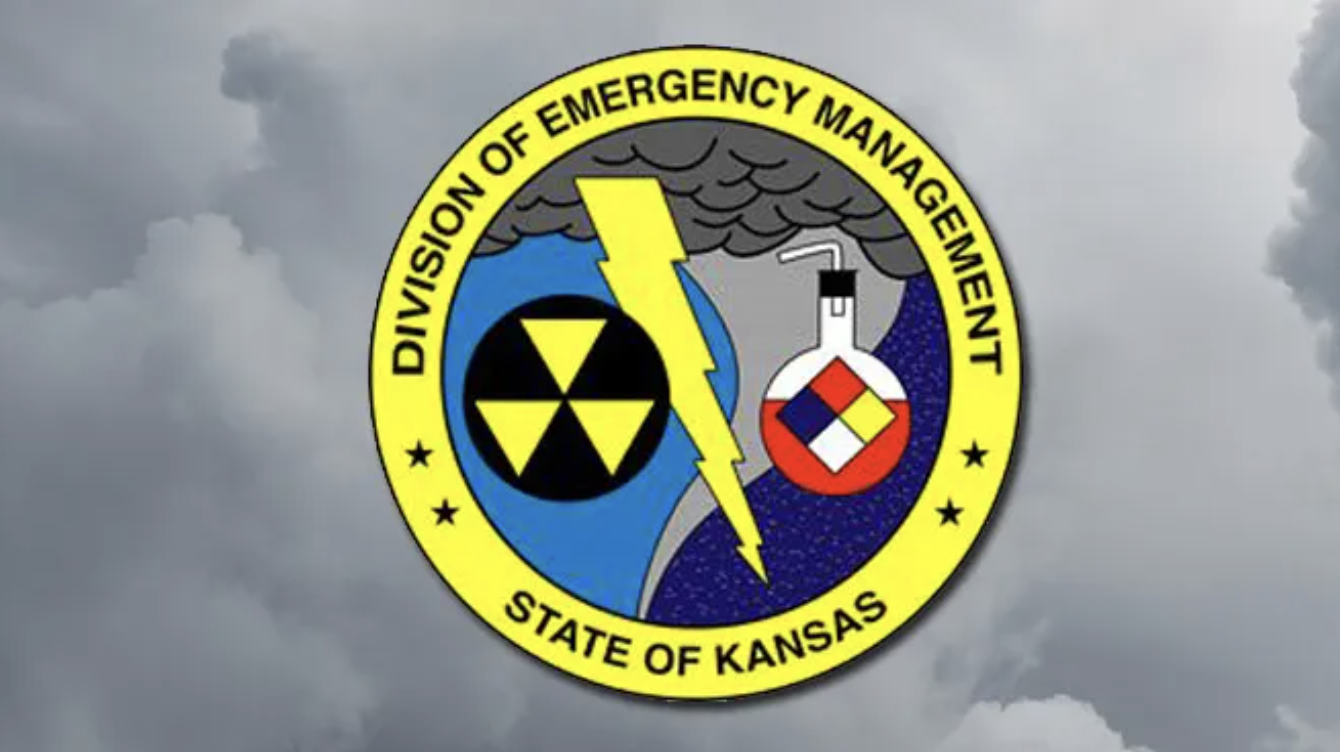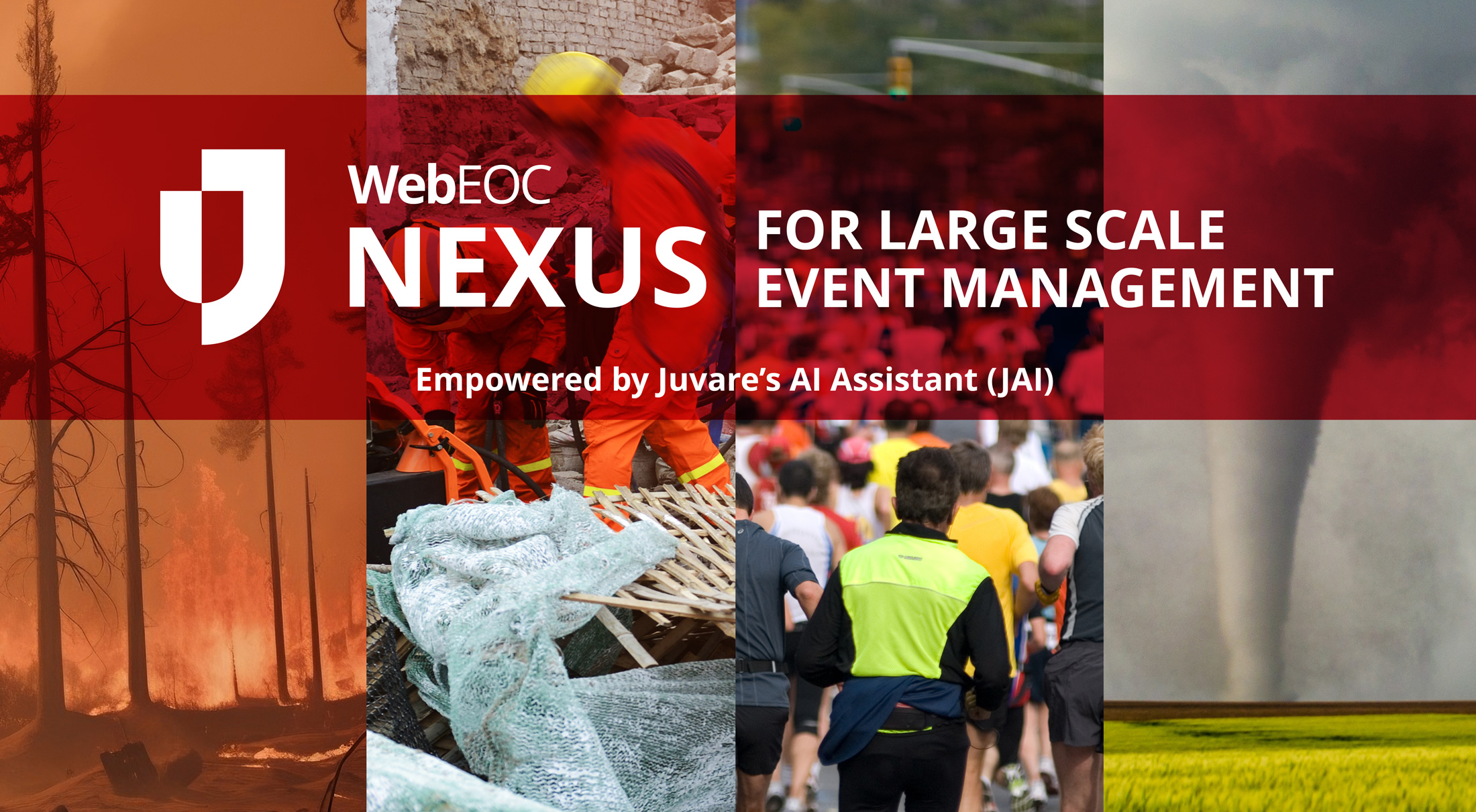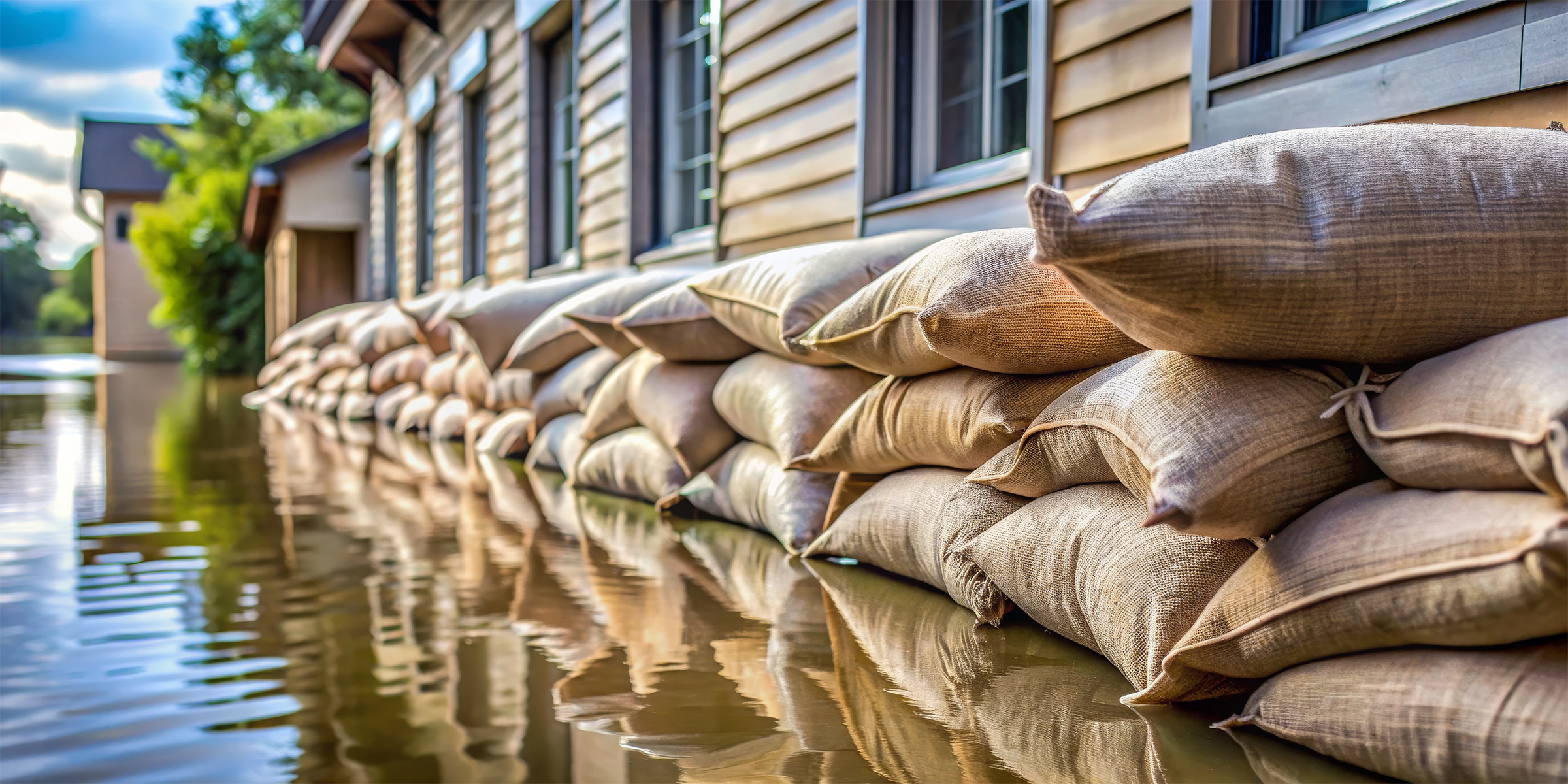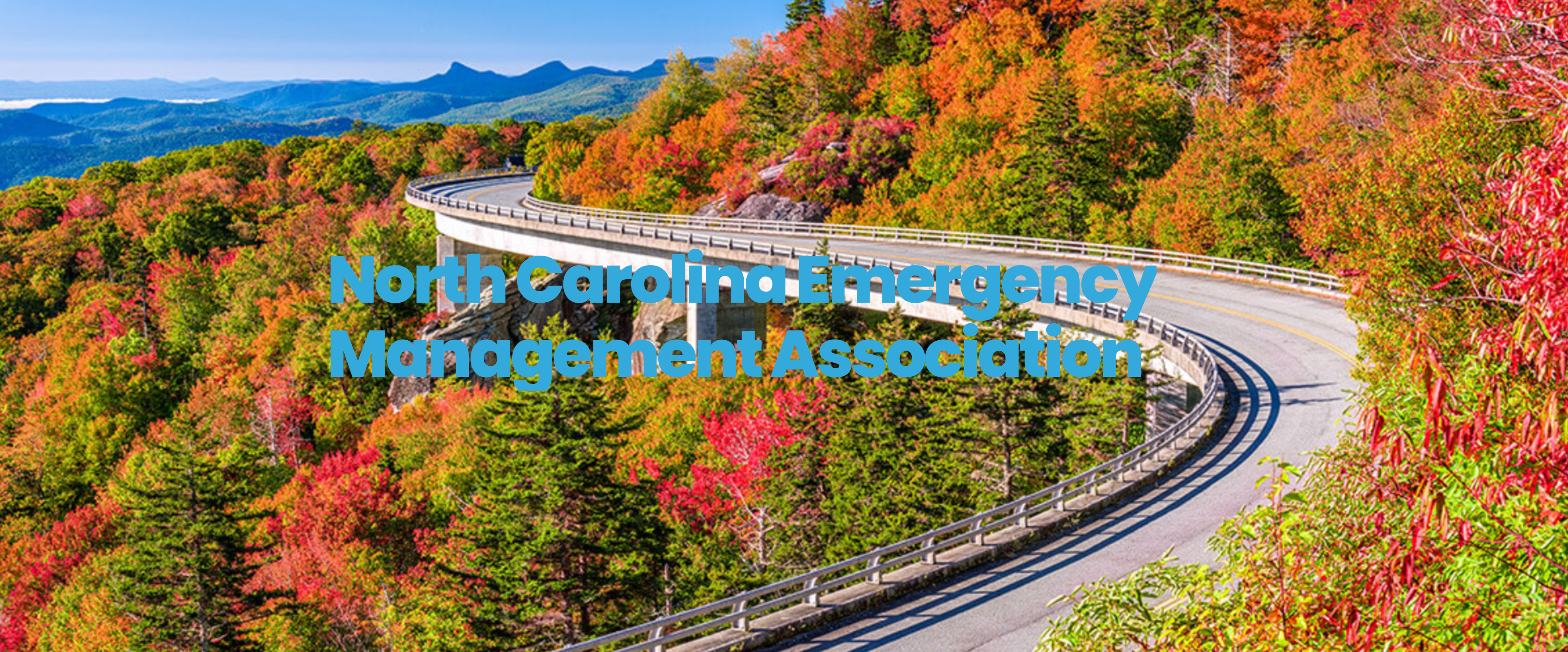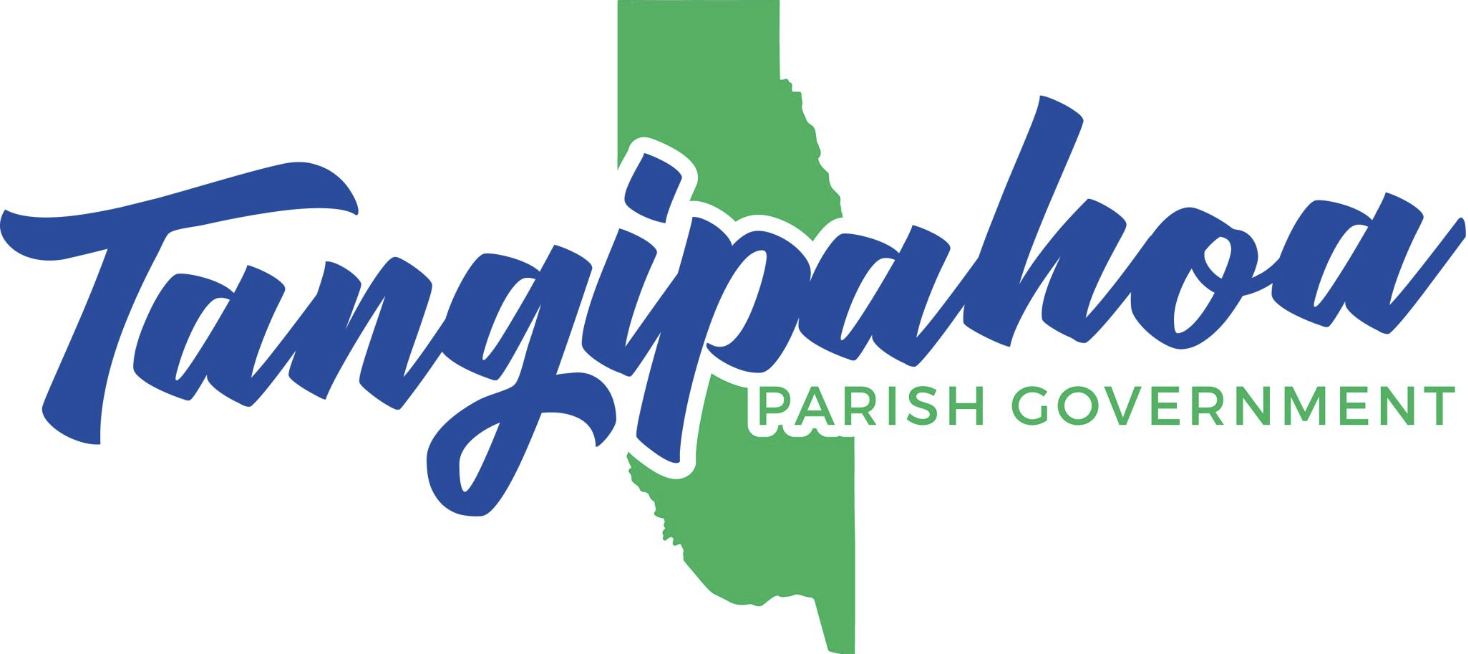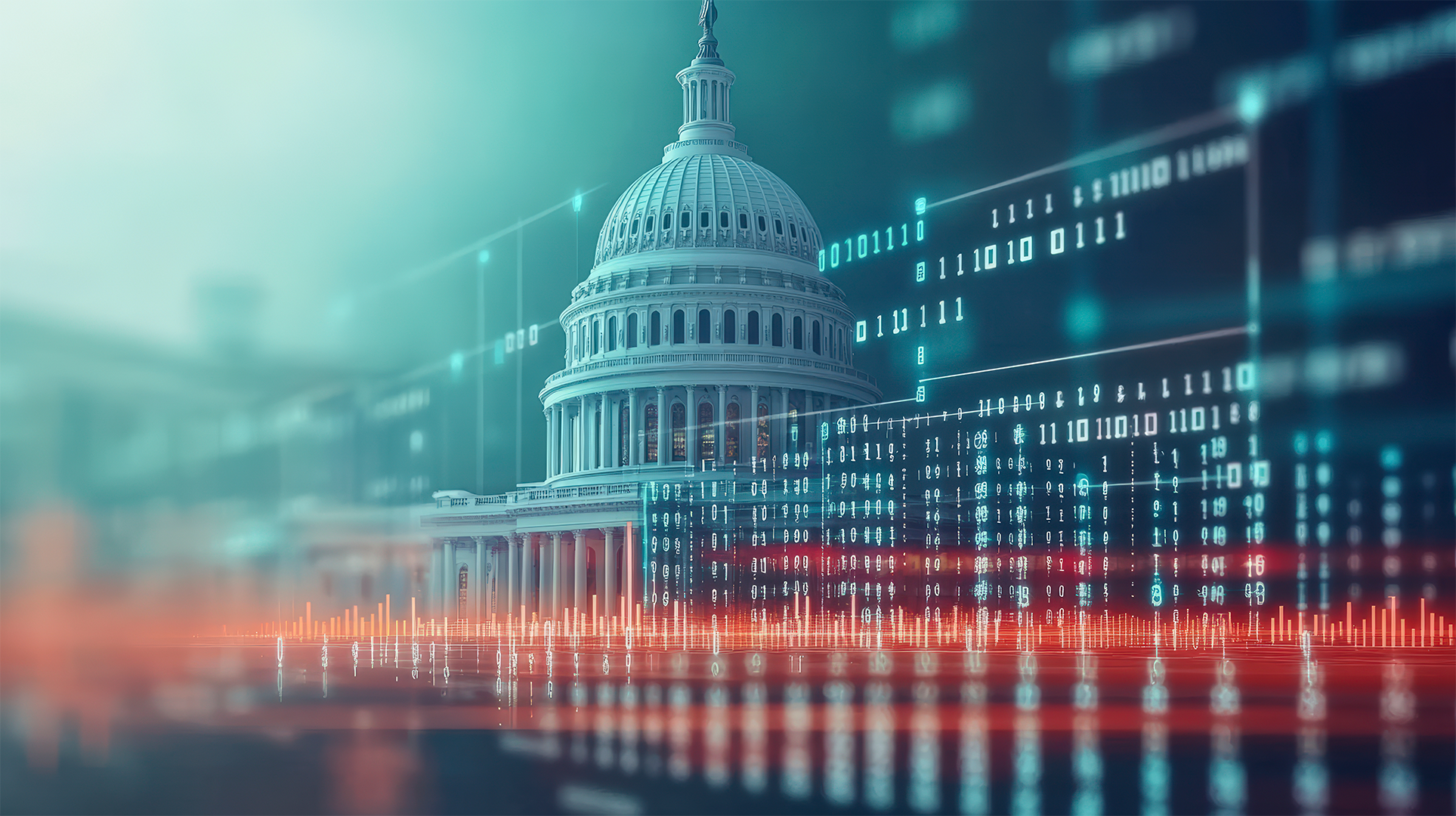When disasters hit, chaos tends to follow. Emergency managers have successfully utilized social media at the core of their preparedness efforts in order to effectively communicate during disastrous events to keep such chaos to a minimum. Social media has made it possible to make smart decisions and spread information instantaneously, something that can ultimately help save lives.
The use of social media to aid emergency management includes steps to broadcast important safety information, correct misinformation and build situational awareness. Recently, social media served as a means of conversing and engaging with communities around the world in the wake of the devastation wrought by Hurricanes Harvey and Irma. Twitter, Facebook and Instagram posts aided in informing the world about these hurricanes and its effects, and these platforms encouraged individuals to support relief efforts. Volunteers around the world used social media to provide aid workers in these affected areas with pertinent information such as real-time maps of who needed help and where.
With a lack of telephone capabilities, social media provided a connection between families seeking news about their loved ones’ status. Emergency management was improved in speed and effectiveness of relief efforts, and social media served as a two-way information flow that helped with tactical decisions.
The benefits of using social media for emergency management are very clear, and emergency managers can strategically start to incorporate social media into their communication plans. By integrating the following suggestions, agencies and managers alike can more readily disseminate information and provide critical information for resource deployment.
Start by Asking the Right Questions
Many emergency management communication plans include tried and true methods of reporting such as television and radio. As a result, diving into new media can be intimidating. Before opting to use social media as an official means of communication, it is important for your team to analyze and question what kind of information will be shared. Further, you must define your targeted audience and plan how you will keep the information updated. To get started, make sure to ask yourself the following questions:
- Why are we using social media during emergencies?
- What are the benefits of social media?
- How could past emergencies have benefited from social media?
- Who will respond to and monitor our social media?
- What are the pros and cons between social media and our traditional media?
Figure Out What to Say
After answering the right questions, it is important to compile the types of posts you want to share with your audience so you can effectively utilize your social media accounts. When a disaster occurs, the content you post should inform the largest number of individuals in the least amount of time about the most pertinent information that they need to know. Here are some examples of information that can be provided through social media outlets when a disaster occurs:
- Power outage updates and estimated restoration times
- Emergency shelter locations
- Disaster assistance definitions and updates
- Transit information and roadway statuses
- Significant weather alerts and warnings
- Boil water advisories
- Dry ice distribution locations and times
- Health Department safety recommendations
- Federal Emergency Management Agency (FEMA) assistance availability and contact information
In the past few years, social networks have played a growing role in successful communications during disasters. From locating missing loved ones to coordinating on-the-ground operations, social media serves as a hub for sharing important information with the public. There is no question that the convergence of social media and new technology is now an important part of preparedness planning. The steps laid out above are key to ensuring your agency’s successful adoption of social media.






